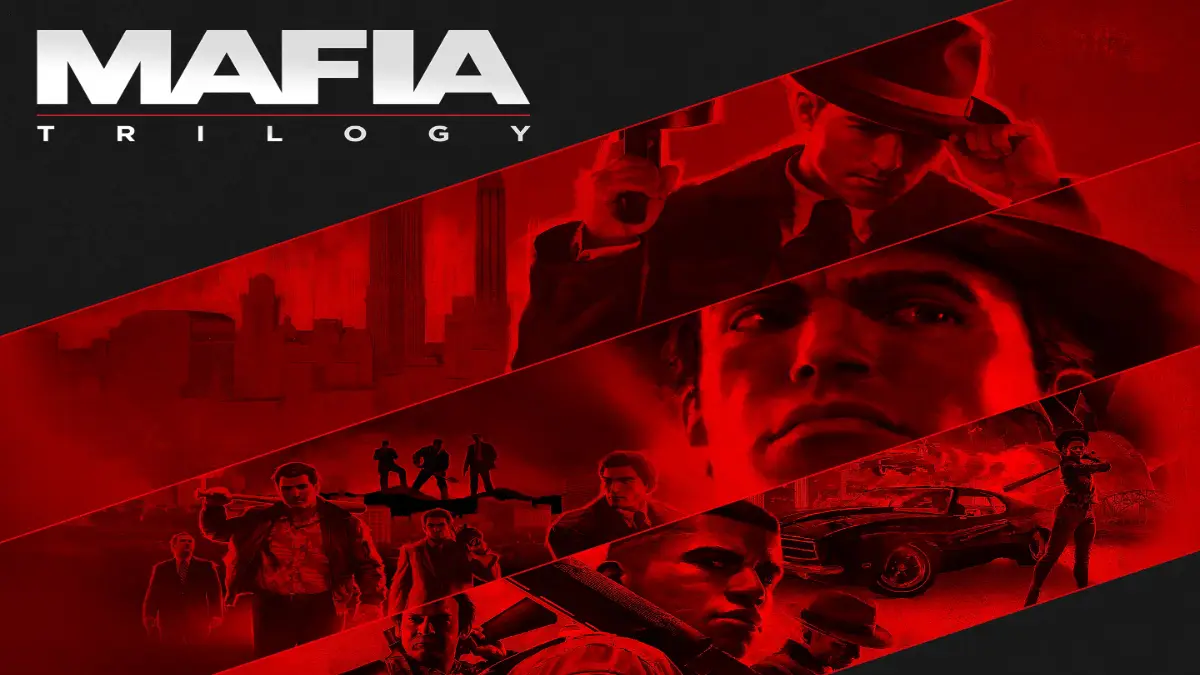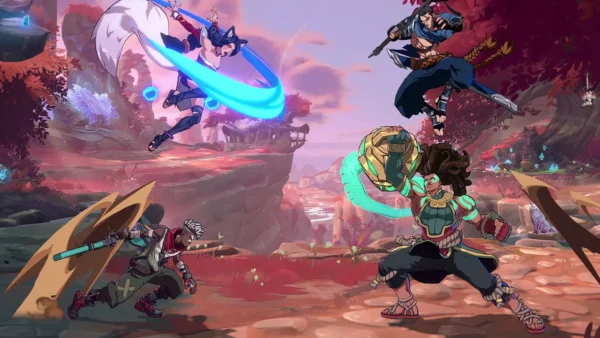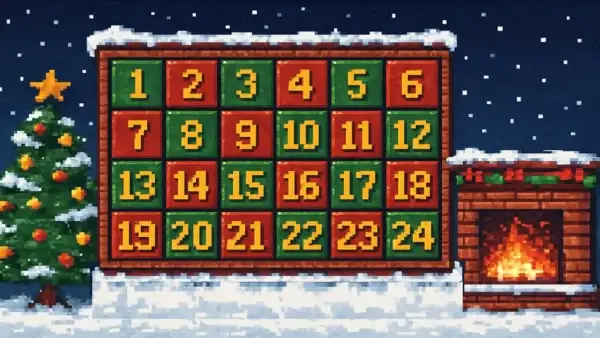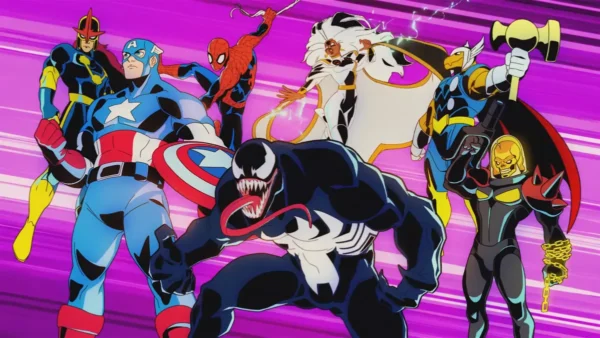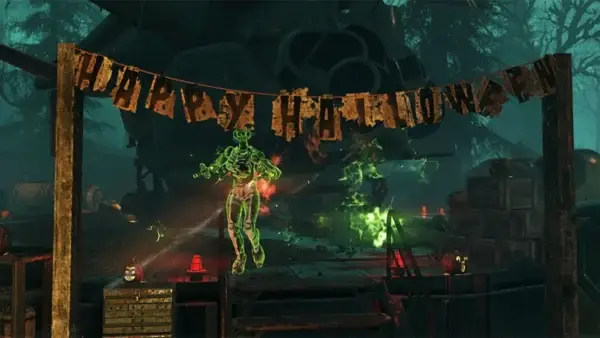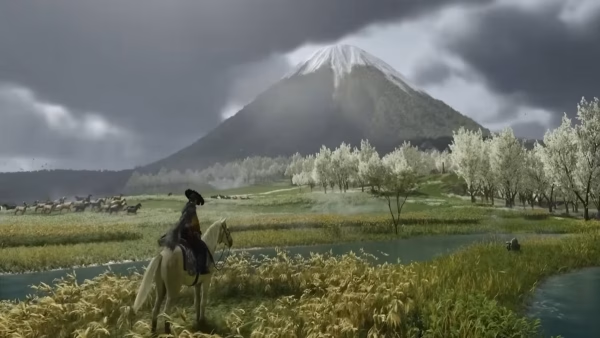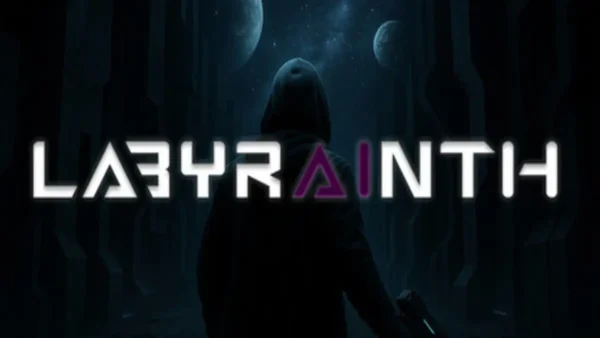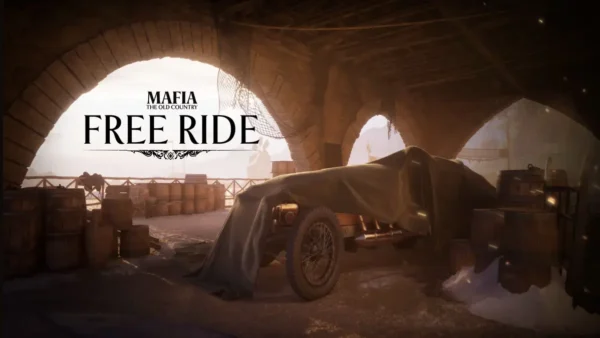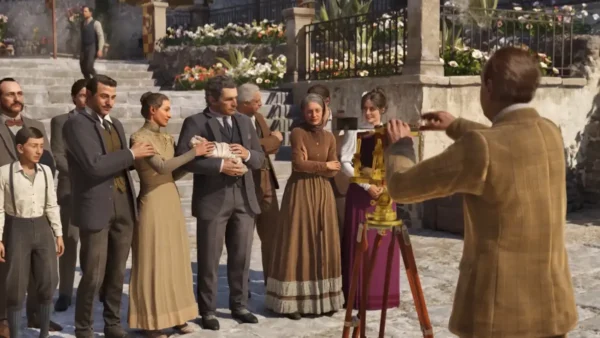The Mafia franchise has been a staple of crime storytelling in gaming for over two decades, giving players the chance to experience the underworld across different eras of organized crime. With the release of the next entry on the horizon, now’s the perfect time to revisit the series—warts and all. From definitive remakes to controversial updates, here’s our definitive list of all Mafia games ranked, and why each stands where it does.
Mafia 2: Definitive Edition
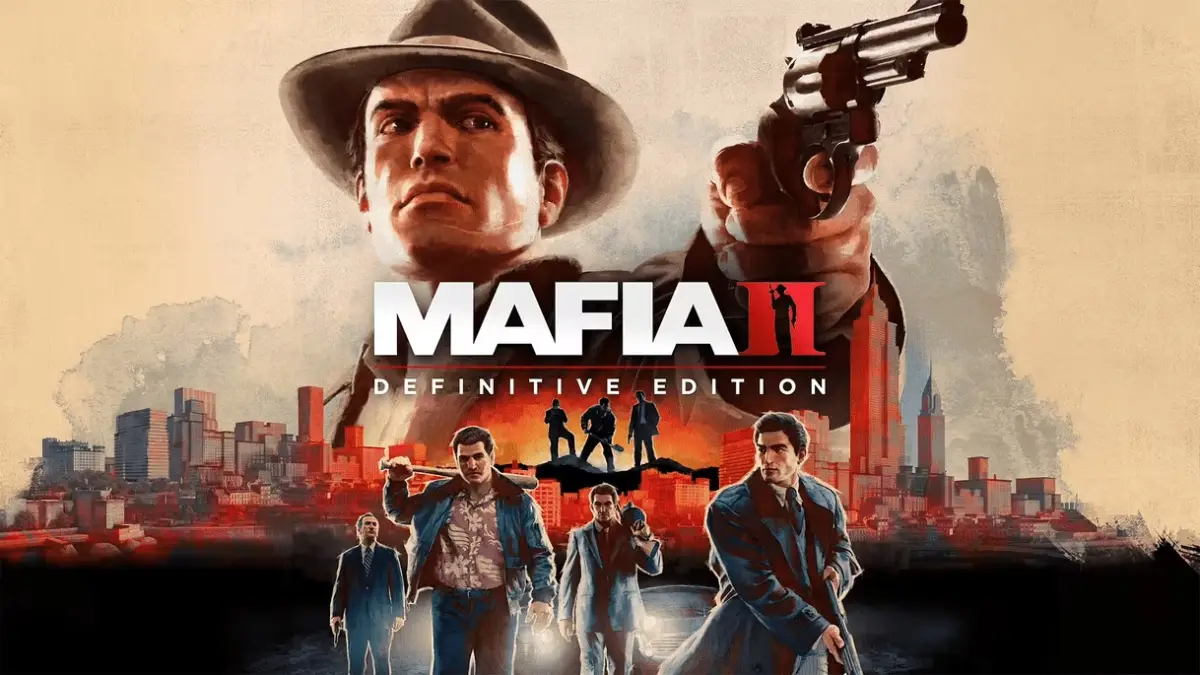
Mafia II: Definitive Edition is arguably the weakest entry in the entire trilogy, and unfortunately, it earns that title for all the wrong reasons. Unlike Mafia: Definitive Edition, which was a lovingly rebuilt remake from the ground up, this version of Mafia II is little more than a reskin of the original game. There are no major gameplay changes, no updated mechanics, and no meaningful enhancements to the player experience. While console players might notice a slight bump in graphical fidelity, the PC version is virtually indistinguishable from the original, and in some cases, it actually looks worse due to poor optimization.
Part of what made the Mafia remake so successful was the dramatic visual overhaul, which helped bring Lost Heaven to life for a new generation. Mafia II: DE squanders that opportunity. The remaster fails to enhance textures in any significant way, lighting remains flat and inconsistent, and even basic environmental effects feel dated. Worse still, the game shipped in an infamously broken state. While post-launch patches have addressed many of the worst bugs, like missing audio lines, frame rate drops, and collision glitches. However, it still has issues across all platforms, particularly on PC, where optimization issues persist to this day.
The most head-scratching change, though, is the file size. The Definitive Edition weighs in at nearly five times the size of the original release, despite offering virtually no new content. This bloated footprint is especially hard to justify when performance remains shaky and graphical upgrades are negligible.
Labeling this version “Definitive” feels like a misnomer. It neither refines the original experience nor introduces enough new content to warrant a re-release. Worse, it actually raises the barrier to entry for players with limited storage space or lower-spec hardware. While nostalgia may still draw fans back to Mafia II‘s compelling story and atmosphere, this edition isn’t the best way to experience it.
Unless you’re locked into playing the game via digital storefronts or consoles where the original is no longer available, your best bet is to seek out the OG release. It’s leaner, often more stable, and, ironically, feels more “definitive” than this so-called upgrade.
Mafia 3: Definitive Edition
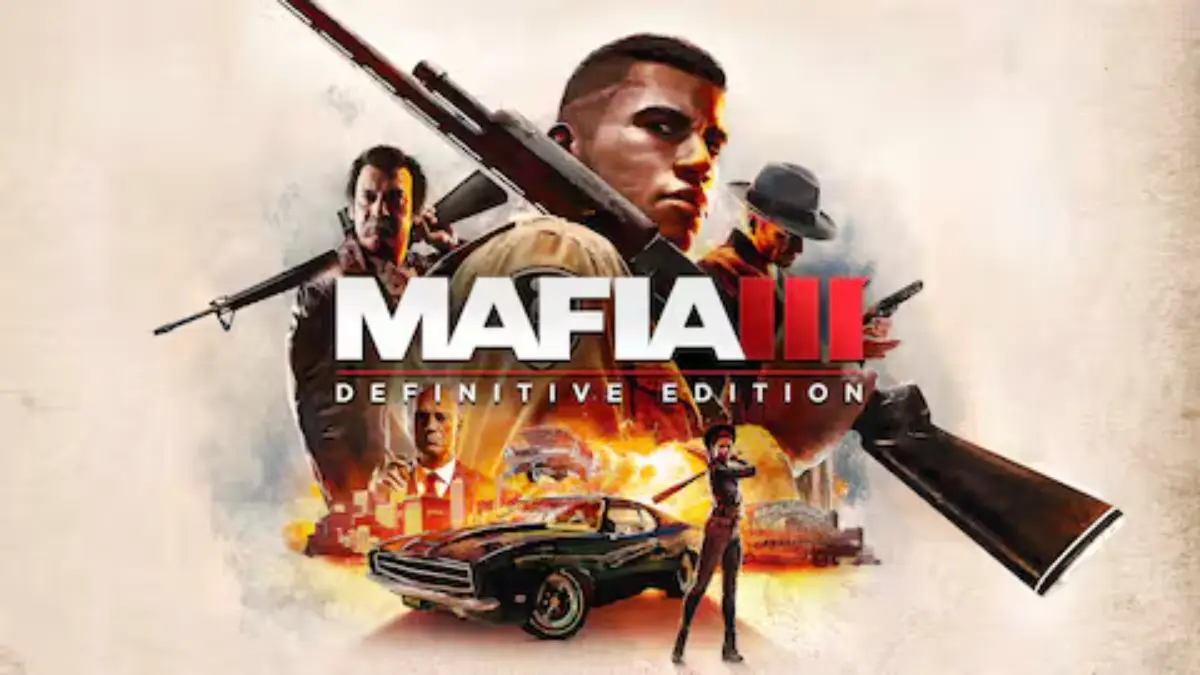
Much like Mafia II: DE, the Mafia III: Definitive Edition doesn’t offer a major overhaul, despite what the name might suggest. In fact, it introduces a handful of new issues, most notably graphical glitches and camera bugs that weren’t present in the original. It’s especially frustrating given that a “Definitive Edition” is supposed to clean up technical flaws, not stack new ones on top.
There’s no visual remastering or mechanical refinement here. The core game remains the same, for better or worse, repetitive mission design, solid but unspectacular combat, and some lingering AI quirks. Players expecting enhanced textures, better lighting, or smoother performance may come away disappointed. In many ways, it feels like a missed opportunity to polish a game that had strong potential buried beneath technical missteps.
That said, this version does have one clear upside: content. The Definitive Edition includes all of the original game’s post-launch DLC, making it the most complete version of Mafia III available. This includes story-driven expansions like Faster, Baby!, Stones Unturned, and Sign of the Times, all of which flesh out Lincoln Clay’s world and add meaningful new gameplay mechanics, environments, and narrative threads. These DLCs arguably contain some of the game’s most creative and refined missions, showcasing what Mafia III could have been had it stuck the landing at launch.
Additionally, the DE version comes packed with cosmetic upgrades and vehicle customization options, giving players a bit more agency in how they present Lincoln and his empire. While these features don’t change the core gameplay loop, they do add a layer of personalization and flair that was lacking in the vanilla release.
If you skipped Mafia III due to the harsh criticism at launch, this is the best way to revisit it, or experience it for the first time. While it’s not the refined, upgraded edition fans hoped for, the inclusion of all DLC and content makes it the definitive way to play the game, warts and all.
Mafia 3
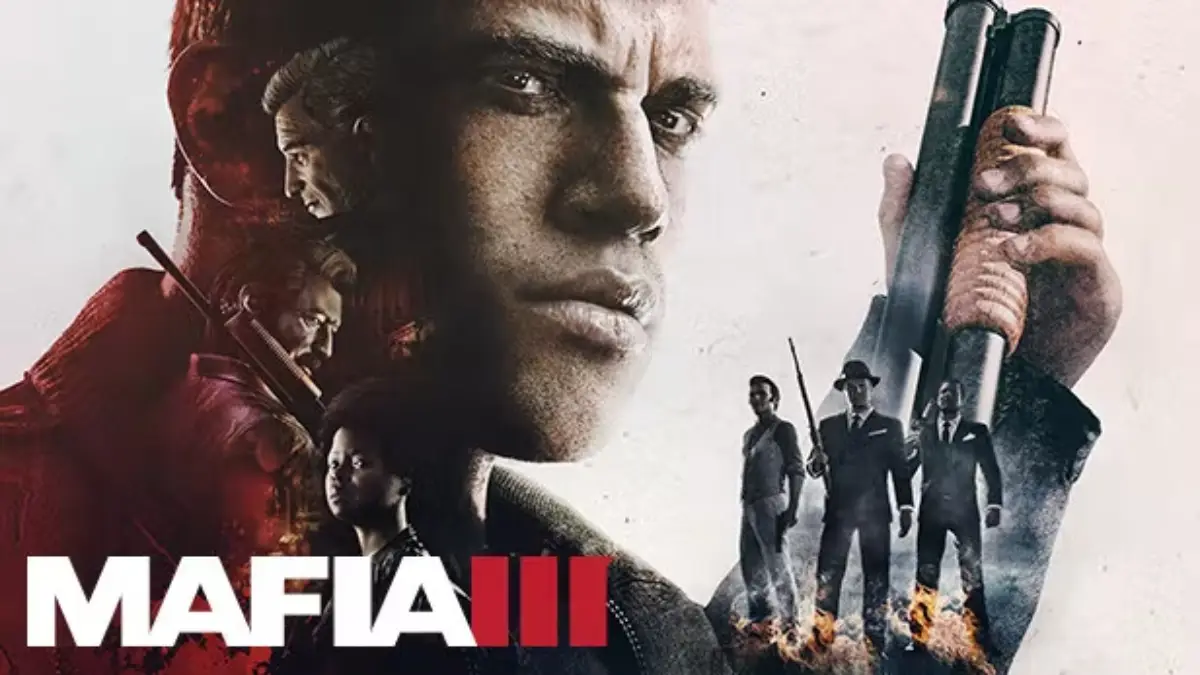
Mafia III is arguably the most polarizing entry in the franchise as it’s the game fans love to hate, but also one that shouldn’t be dismissed outright. The most common complaint lies in its mission design: repetitive loops that follow a rinse-and-repeat formula. You’ll take over rackets, interrogate lieutenants, dismantle criminal networks, over and over again, with minimal variation. While the structure aligns with the game’s theme of systematically dismantling a criminal empire, it can wear thin quickly and feel like busywork rather than progress.
Then there were the technical issues. At launch, Mafia III was plagued with performance problems, bugs, and frustrating AI quirks that overshadowed its more thoughtful elements. While most of these were eventually patched, the rocky release hurt its reputation, and many players never gave it a second chance.
That’s a shame, because Mafia III does a lot right—arguably more than it gets credit for. The narrative is a major step forward for the series. Set in 1968 New Bordeaux (a fictional New Orleans), the game tackles race, war trauma, and systemic corruption with a maturity that few AAA titles dare to approach. Lincoln Clay, the game’s protagonist, is a layered and compelling antihero. His relationships with surrogate father Father James, CIA handler Donovan, and his inner circle of underbosses, add emotional weight and moral complexity to the story.
The world itself is more alive than in any previous Mafia title. New Bordeaux pulses with detail, from its humid Southern streets to its political tension and excellent environmental storytelling. Side conversations, news reports, and ambient music contribute to a rich sense of place. The licensed soundtrack is packed with hits from the ’60s and grounds the experience further and elevates even the most mundane drive from one mission to the next.
Gameplay-wise, Mafia III introduces modern systems like stealth takedowns, a robust cover system, and responsive gunplay. While combat lacks some polish, it’s serviceable and satisfying, especially when paired with the visceral takedown animations and arsenal of vintage firearms. Driving physics feel solid, and there’s a notable emphasis on player choice when managing criminal assets, which adds a strategic layer not seen in earlier games.
It’s also worth noting that Mafia III is the first game in the series to truly embrace free roam. Unlike its predecessors, the open world doesn’t feel like an empty sandbox. There are collectibles, dynamic events, and a progression system that rewards exploration and territory control.
One important note: the Definitive Edition of Mafia III has completely replaced the original version across all digital storefronts. Even if a game key is labeled as the “original,” you’ll still receive the DE version. Thankfully, this version includes all post-launch DLC, including excellent story expansions like Faster, Baby!, Stones Unturned, and Sign of the Times, which many fans argue contain some of the game’s best writing and moments.
In short, Mafia III may stumble in its structure, but its bold story, immersive setting, and thematic ambition make it a standout in the series, and one well worth experiencing, especially now in its most complete form.
Mafia: Definitive Edition
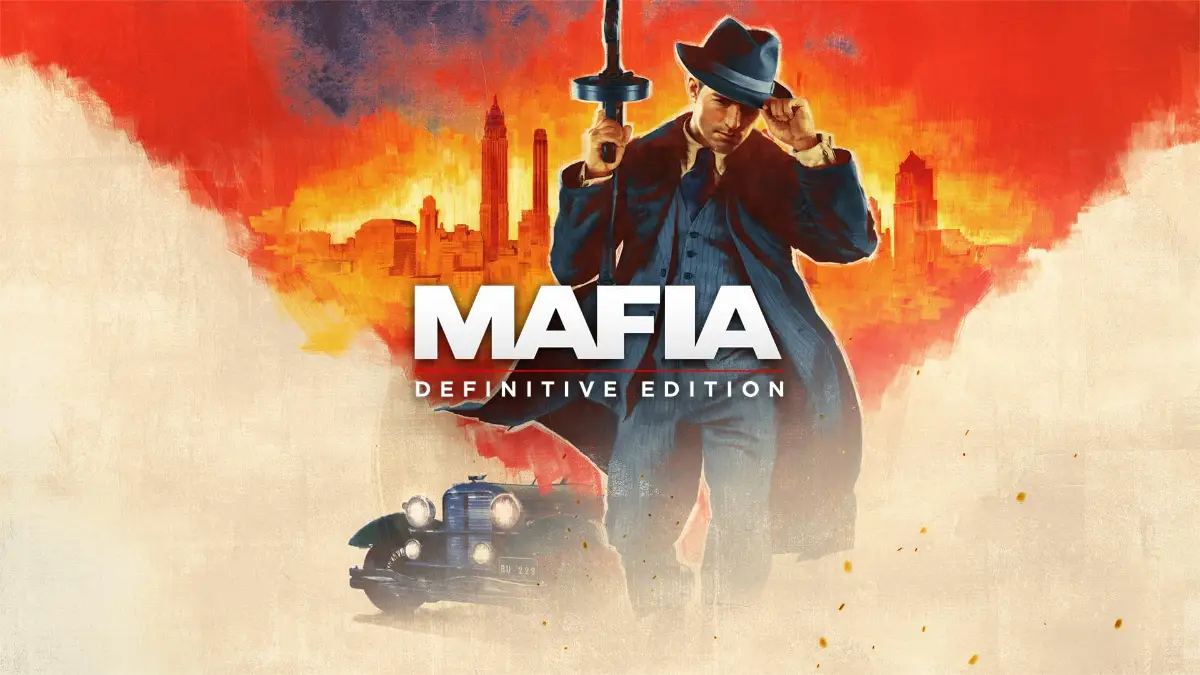
Unlike the other “Definitive Editions” in this list, Mafia: DE is a true remake, and that alone makes it noteworthy. While it takes some liberties with the original’s design and characters, it’s absolutely worth playing, especially for those new to the franchise. That said, veterans of the 2002 classic will notice several key differences, both good and bad.
Let’s start with what’s changed. Driving mechanics have been significantly simplified, and during shootouts, you can now only target specific parts of a vehicle rather than enjoying full aiming freedom. Combat feels far easier, and protagonist Tommy Angelo now handles firefights like a trained soldier, more akin to Lincoln Clay from Mafia III than the reluctant cab driver we originally knew.
Mission design has also been streamlined. Many late-game missions have been shortened, and alternate mission outcomes have been removed, reducing player agency. The Lucas Bertone side missions were cut from the main game and moved to free roam. But the most significant change lies in the characters, especially Tommy. In the remake, he’s far more aggressive and hardened, joining the Salieri family out of revenge rather than desperation. This rewrite alters the emotional arc of the story and strips away some of the moral ambiguity that made the original so compelling.
Now, onto the good because there’s a lot of it. The visual overhaul is stunning, bringing Lost Heaven to life in a way that’s both cinematic and immersive. Quality-of-life improvements include a full-screen pause map, cover mechanics, and takedown options. You no longer lose ammo when reloading mid-clip, and allies now have infinite health, letting you focus on the action instead of babysitting them.
Character development is also improved in some cases. Sarah feels more grounded and realistic, and several voice recasts, like Don Morello, Frank, Salieri, Vincenzo, and Ralphie, are significant upgrades over their 2002 counterparts.
Despite its deviations from the original, Mafia: DE is a strong reimagining and earns its place as the third-best game in the franchise.
Mafia 2
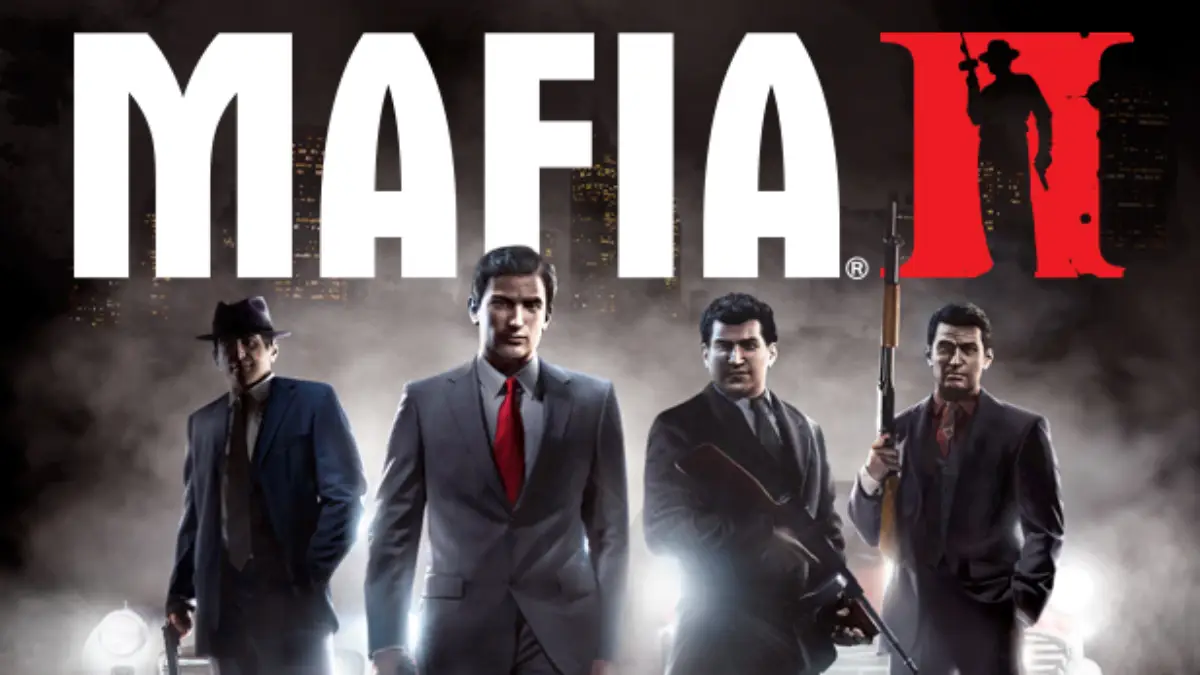
The original Mafia II is often considered a masterpiece, just a small step below the legendary original. Set in the post-war 1940s and early 1950s, the game delivers a richly detailed world that feels pulled straight from a mobster film reel. From the vintage cars to the era-specific slang, smoky jazz clubs, and that unforgettable licensed soundtrack, Mafia II immerses you in its world with remarkable authenticity.
Its narrative strength is where the game truly shines. The story of Vito Scaletta is emotionally grounded, personal, and filled with complex characters. His friendship with Joe Barbaro adds depth, humor, and tragedy to the story, and the way the plot unfolds, from petty crime to full-blown gangster life, feels both cinematic and believable. The writing and voice acting are top-tier, and the character animations, especially for their time, still impress.
However, Mafia II also inherits the franchise’s persistent weakness: an underutilized open world. Empire Bay is gorgeously realized, but its beauty is mostly skin-deep. Beyond the main missions and a few side activities (like collecting Playboy magazines or buying clothes), there’s not much incentive to explore. This can make the world feel more like a detailed backdrop than a living, breathing city.
The game attempts to inject variety by having Vito move between different homes over time, a narrative touch that’s appreciated but doesn’t solve the underlying issue of world emptiness. Additionally, while the missions are well-written, many of their settings lack the iconic feel of Mafia I‘s most memorable set pieces. There’s a distinct lack of standout moments or locations that call you back for replays.
Combat and gunplay in Mafia II are solid but relatively straightforward. Cover-based shooting works well, but there’s little evolution or variety in enemy AI or mission objectives. Vehicle handling, on the other hand, strikes a nice balance between realism and playability, especially with the simulation mode turned on for a more immersive experience.
Despite these flaws, Mafia II stands tall because of its narrative power, atmosphere, and character-driven approach. It may not fully capitalize on its open-world potential, but it delivers a story-driven experience that continues to resonate with fans. For many, it’s not just a worthy sequel, it’s a sentimental favorite that helped define what made the Mafia series special.
Mafia: City of Lost Heaven
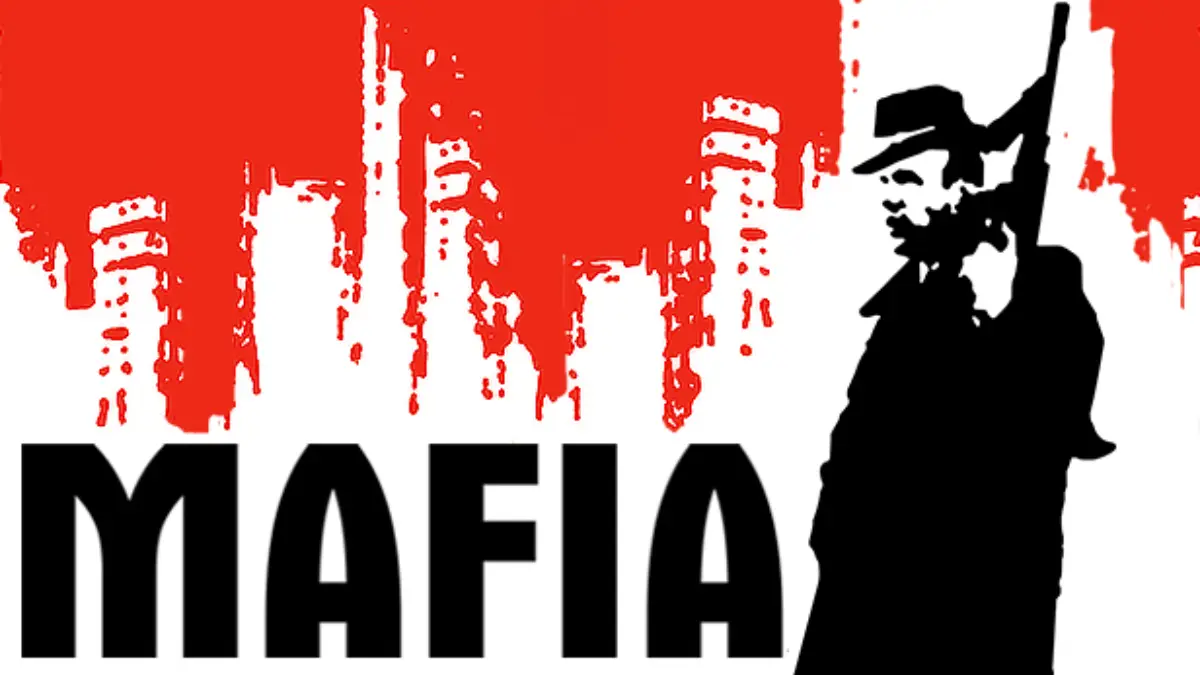
Mafia: The City of Lost Heaven wasn’t just groundbreaking when it released and it still holds its title as the best entry in the series. From its unforgettable soundtrack and tense, deliberate cutscenes to its deep characters and authentic 1930s atmosphere, the game fully captures the spirit of the mafia genre. The pacing is slower and more cinematic, perfectly matching the tone of its era.
You might wonder why a two-decade-old game still outshines newer entries. The answer lies in what the Definitive Edition changed, and what it lost. While the remake polished visuals and modernized mechanics, it also watered down much of what made the original so impactful.
Let’s be honest: the original is brutally hard in places (yes, we’re talking about that car race). But for those who enjoy a true challenge, its unforgiving combat and mission structure deliver far more tension and satisfaction. Unlike the DE, where missions were softened or simplified, the original forced you to master each moment. For example, transporting nitroglycerin required you to maintain a precise speed or risk instant death; in the remake, you’re given a forgiving time buffer.
Beyond difficulty, the original allowed multiple mission paths that impacted outcomes, something sorely missed in the streamlined DE version. Memorable sequences, like a sewer infiltration where your interaction with a construction worker changes the mission’s end, gave the original game layers of depth and replayability.
The original voice work, especially for Tommy and Paulie, also outshines the remake’s performances. Taken as a whole, The City of Lost Heaven isn’t just a nostalgic favorite—it’s a storytelling and gameplay benchmark that the rest of the series still chases.
Now that you’ve got the definitive ranking of every Mafia game, you know exactly where to start, or what to skip, before the next chapter drops. For more rankings, guides, and deep dives, check out our dedicated Mafia page and explore the full history of this iconic crime saga.

